


Wow!
Today’s class on open resources was so helpful. Maybe I have been living under a rock, but I
actually had no idea that there was anything other than copyright. Not only did this class open up a world of resources that would be easily accessible and guilt-free to use, but it also showed me that we have to knowingly label our work as creative commons in order to contribute.
When I was teaching in Indonesia, I used a lot of internet resources to get information, inspiration or sometimes just to add a picture to my work. I would say I pulled at least two things of the internet per day. Teachers are always trying to rework and improve their lessons and one way to do that is by building on or taking from other sources. It is simply natural that teachers should have a network to freely share their work.
There were so many resources mentioned in class today and I don’t think I could possibly remember them all, so instead, here is a link back to the course website. I hope to be
able to explore some of these sources later. I have already made a point of changing my search settings on google to find pictures and information that can be freely used!

I would also suggest visiting Rich McCue’s website as he has some really interesting links related to open resources. One of the links is to a documentary called RIP a Remix Manifesto. It was made by a Vancouver Islander and is about copyright. It makes some really interesting points and is definitely worth a watch.
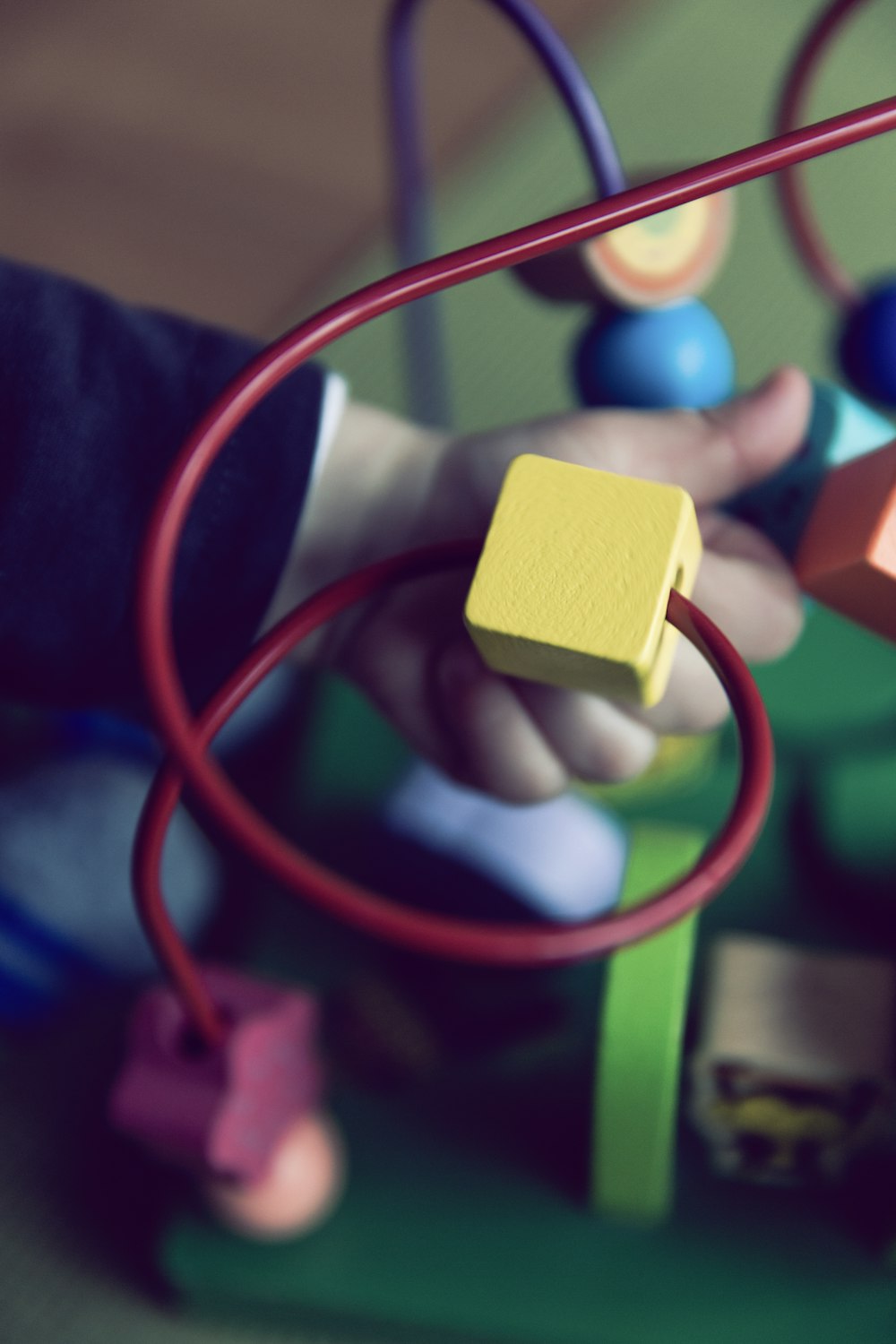


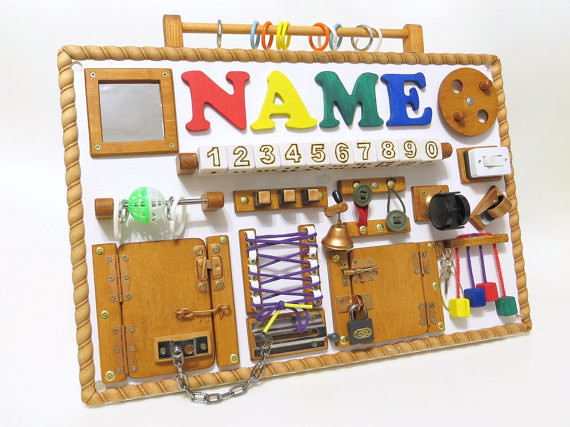
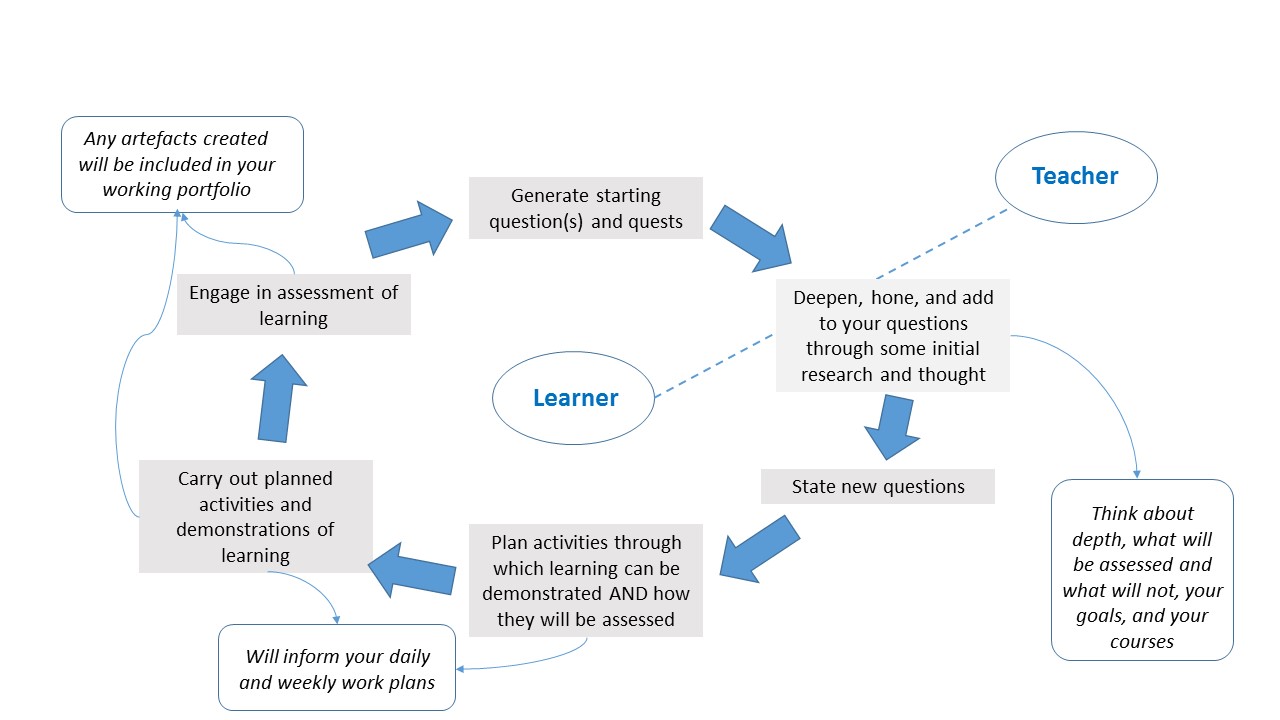
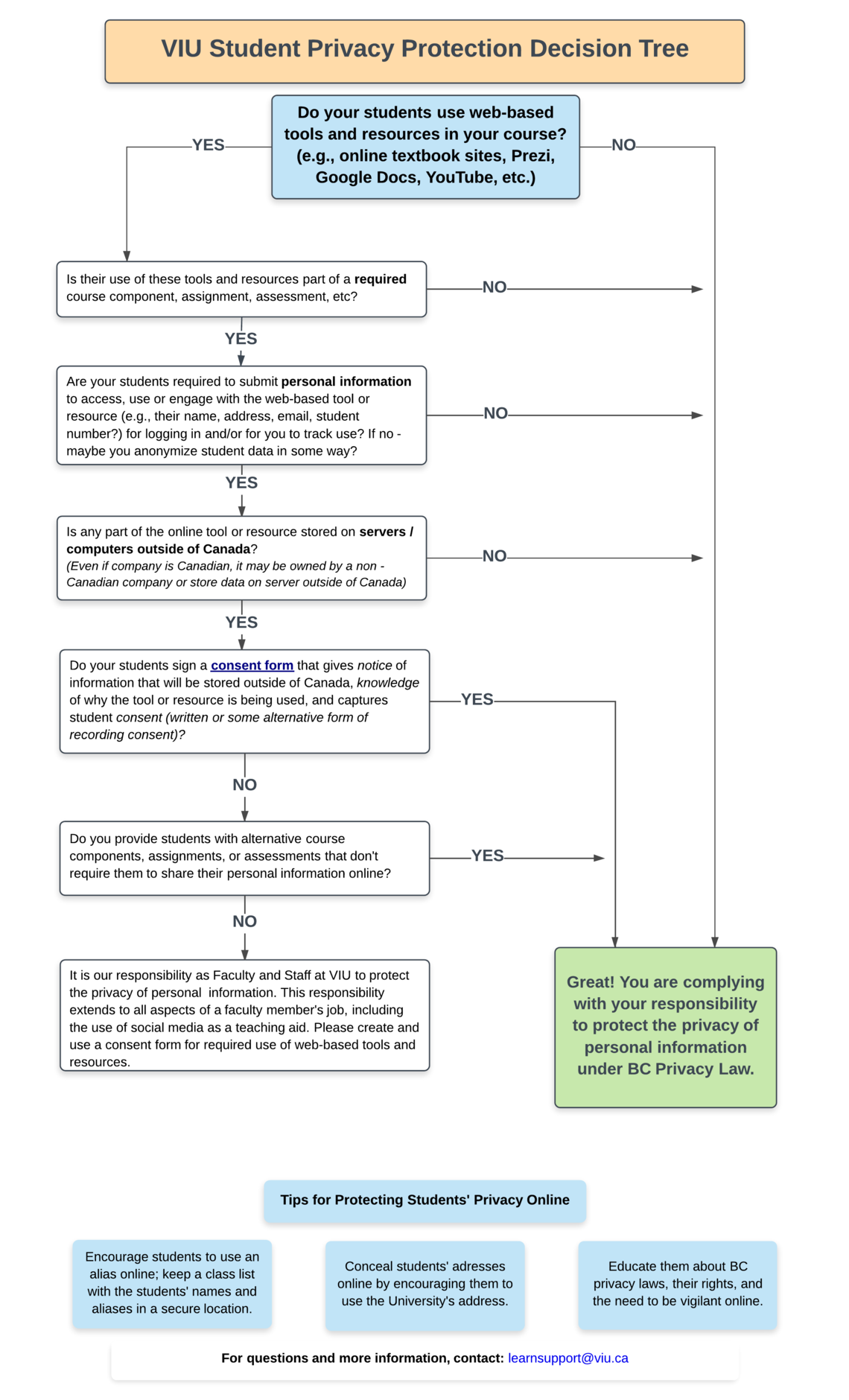
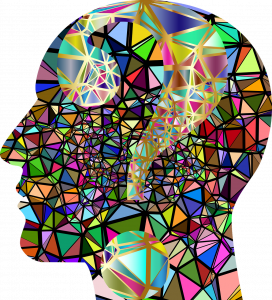
Recent Comments